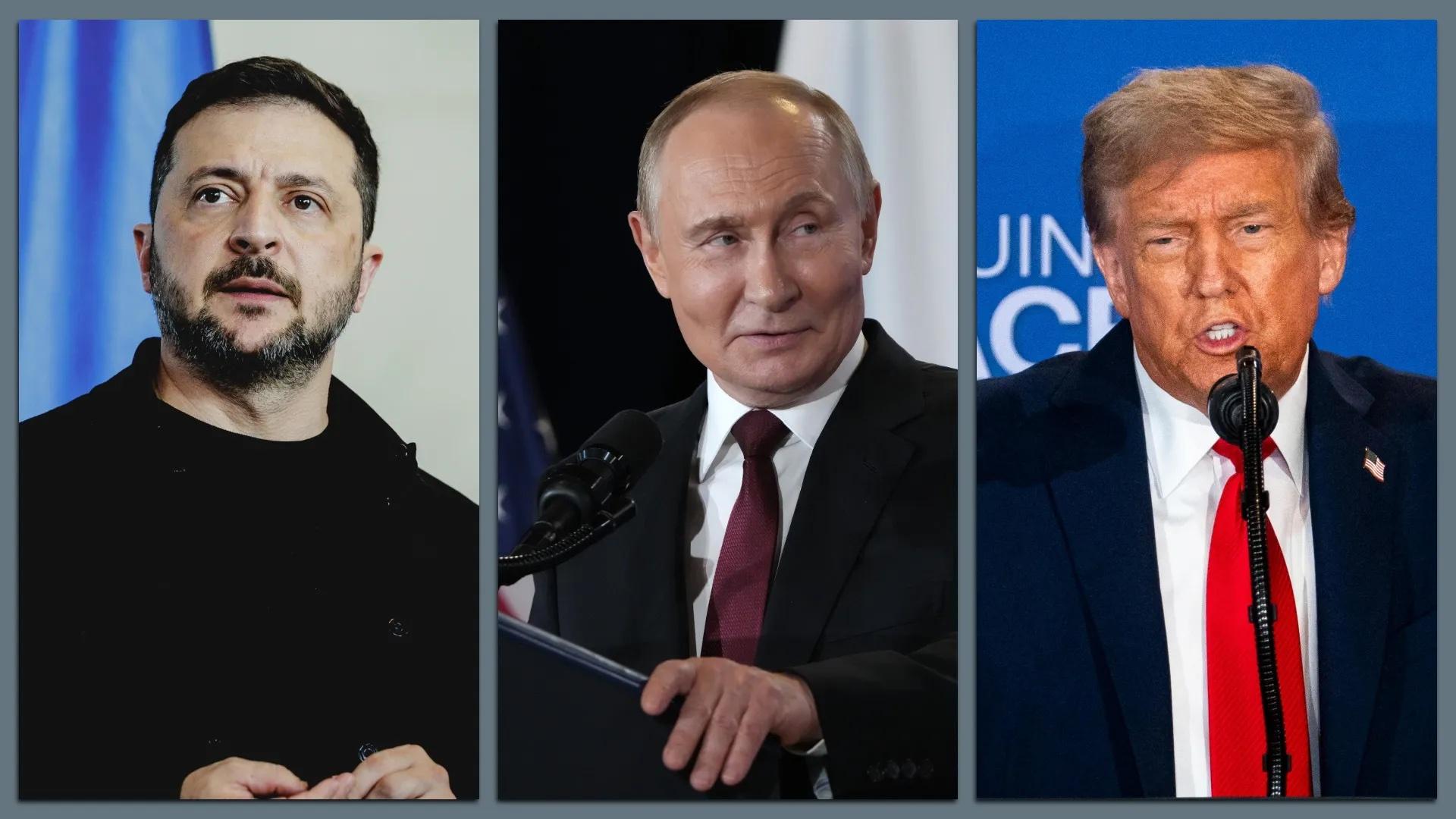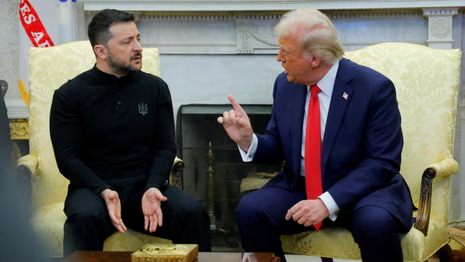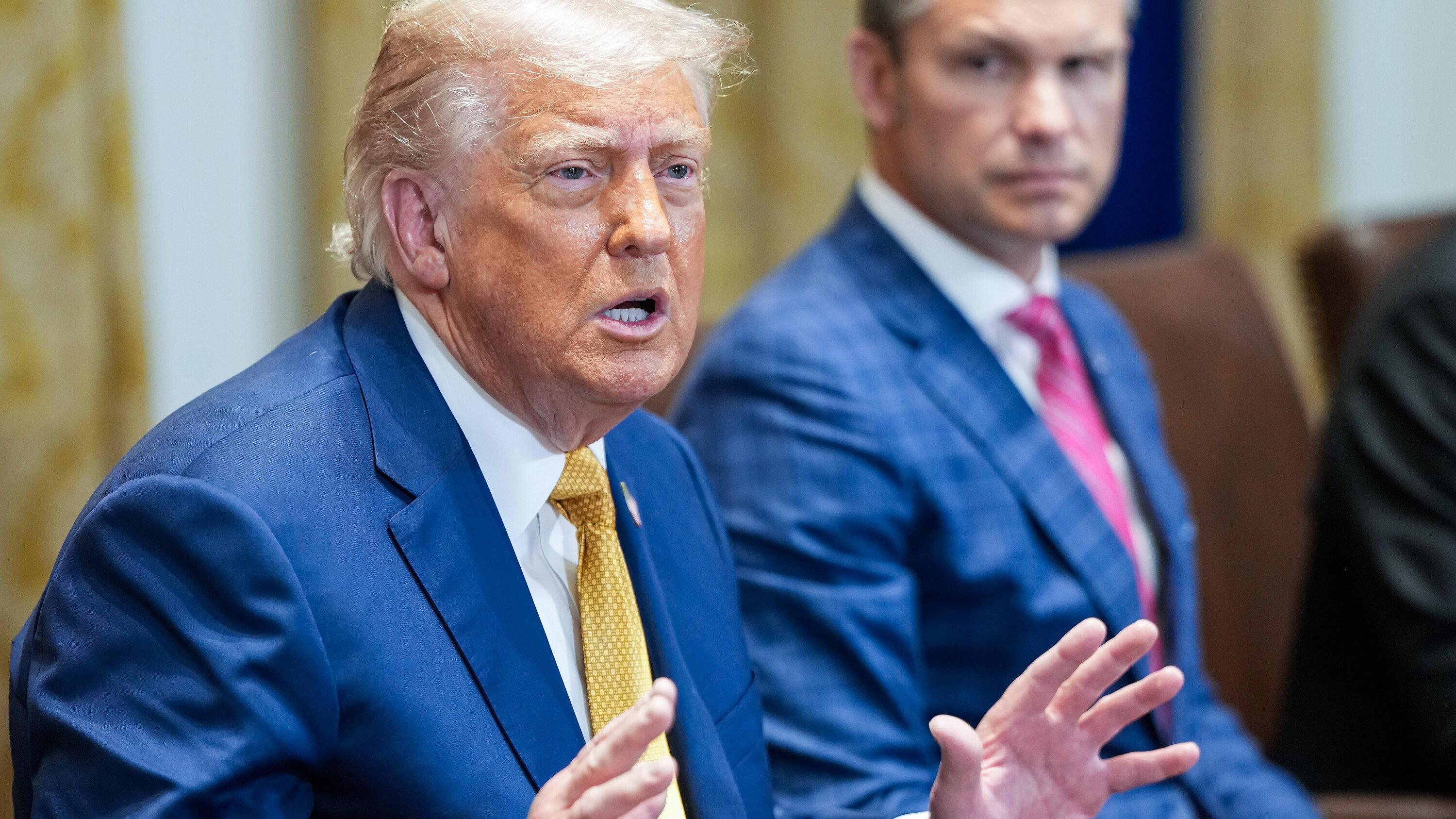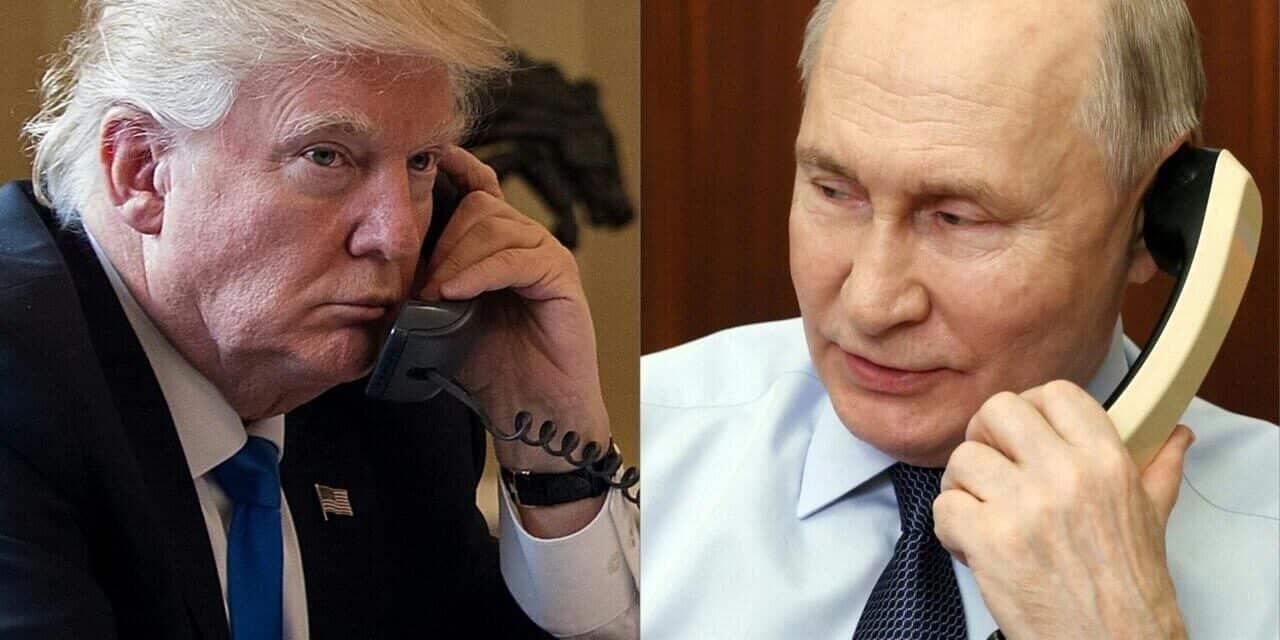BREAKING: Ukraine summit COLLAPSES IN HUMILIATION as Putin plays Trump like a fiddle.
President Donald Trump’s latest diplomatic vanity tour — a rushed summit with Vladimir Putin that he promised “within two weeks or so” — has quietly unraveled, leaving the world with more questions than answers and America looking like a government run by Twitter impulses and wishful thinking.

One moment, Trump was bragging about a Budapest meeting with Putin; the next, an administration official told CNN there are “no plans” for a summit “in the immediate future.” Translation: the president hyped a high-stakes, headline-grabbing rendezvous and then discovered diplomacy isn’t a campaign rally where spin replaces substance.
The collapse exposes the real problem: Trump keeps announcing meetings and deals without any of the grunt work that makes diplomacy actually work. He touted a get-together in Hungary and bragged about high-level aides meeting to lay the groundwork — but when Secretary of State Marco Rubio called Russia’s Sergey Lavrov, it became obvious the Russian position hadn’t moved an inch. Lavrov bluntly rejected freezing the war, the single compromise Trump floated after meeting Ukraine’s Volodymyr Zelenskyy. Suddenly, Budapest looked less like a neutral venue and more like a press stunt waiting to fail.

The Kremlin, predictably, was cool to the timeline. Their spokesperson pointed out the obvious: you can’t “postpone” a meeting that was never scheduled. And while the White House insists Trump remains committed to “finding a peaceful and diplomatic resolution,” their erratic choreography has alarmed allies and empowered Putin, who isn’t exactly desperate for U.S. help.
Zelenskyy, who is literally fighting for his country, put the failure into blunt terms: Russia became less interested in diplomacy after the United States balked at providing Ukraine with long-range Tomahawk missiles. “The greater Ukraine’s long-range capabilities, the greater Russia’s willingness to end the war,” Zelenskyy said. In other words: strength deters aggression. Empty summits and lukewarm gestures do not.

Even worse for Team Trump: Moscow’s Foreign Minister Lavrov isn’t the decision-maker he’s painted as. U.S. officials reportedly concluded Lavrov wasn’t empowered to move the needle — he’s loyal, he’s loud, but real power sits with Putin. As one European diplomat put it, negotiating with Lavrov can be a distraction while the real decisions happen in rooms Lavrov never enters.
This whole episode lays bare a pattern: Trump wants the optics of peace-brokering without doing the principled, often uncomfortable work that prevents war. He brags about brokering deals, then blasts off to the next photo op when the facts refuse to conform to his script. The result is amateur hour on the global stage — and the people paying the price are Ukrainians dying on the front lines while the U.S. administration plays ping-pong with press releases.

Make no mistake: the stakes here are not a campaign talking point. They’re the lives of civilians in Ukraine and the stability of an entire region. If the U.S. is going to push for peace, it must come from a position of strength and from negotiations led by people with the authority and patience to get the job done — not by impulsive tweets and last-minute promises that evaporate under diplomatic scrutiny.
If Trump wants to be a peacemaker, he should stop treating world affairs like a reality show. Real leadership requires doing the boring, necessary work that diplomats do every day — building trust, aligning allies, and presenting credible leverage. Until then, his “peace summits” will be little more than photo ops that leave America diminished and our allies exasperated.
It’s past time America had leaders who understand the difference between a headline and a plan. This isn’t showbiz. It’s life and death. If voters don’t hold that truth up to power, we’ll keep getting foreign policy by press release — and the rest of the world will pay the price.